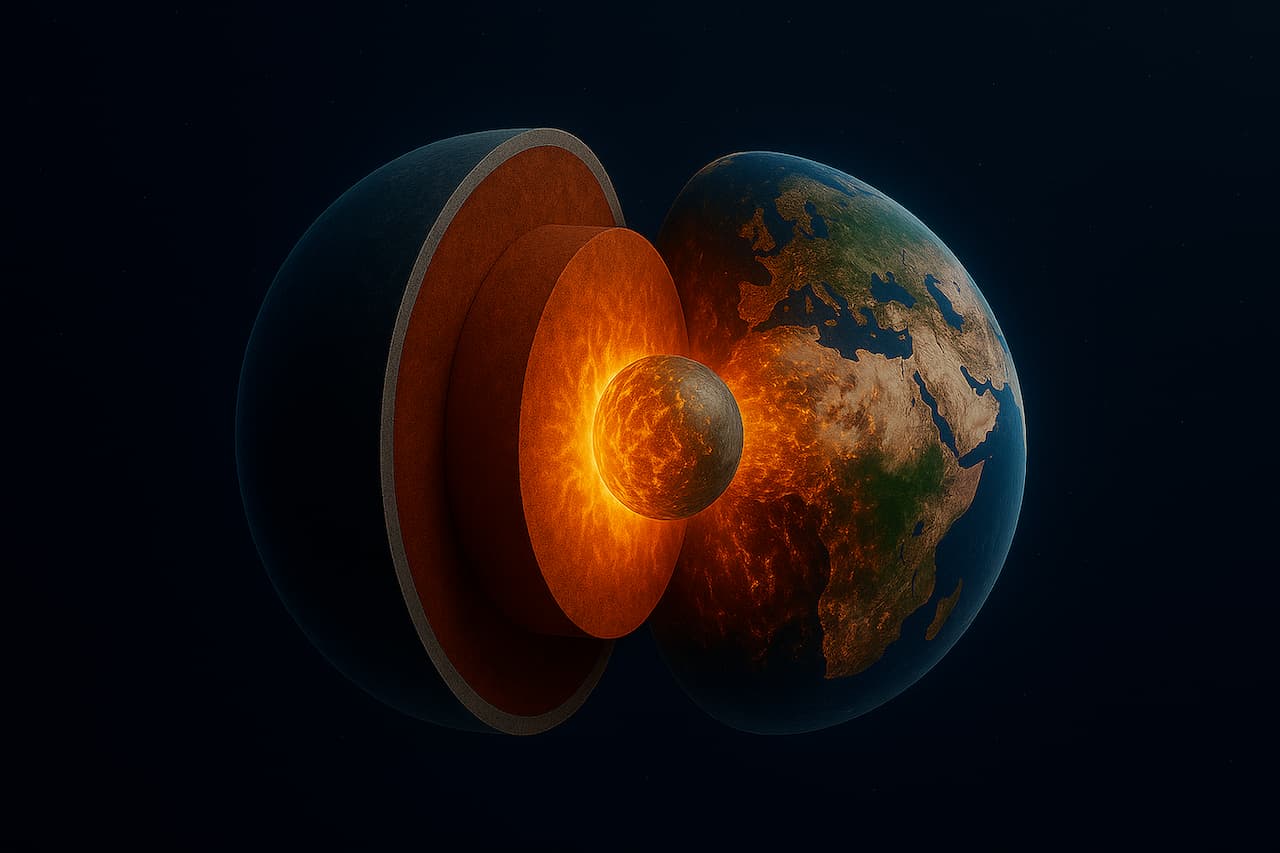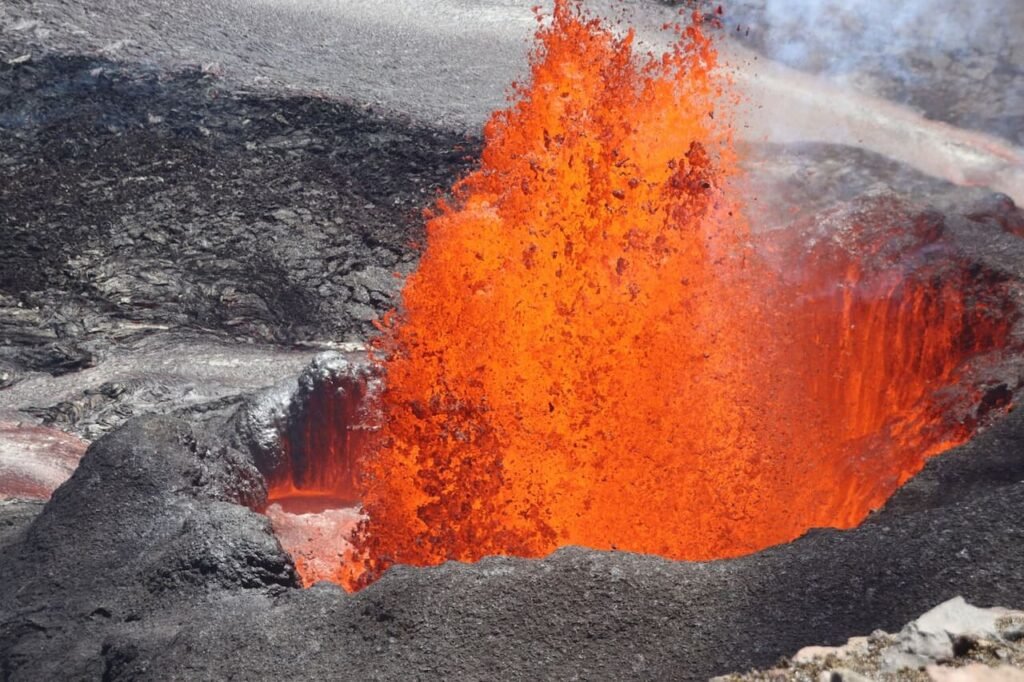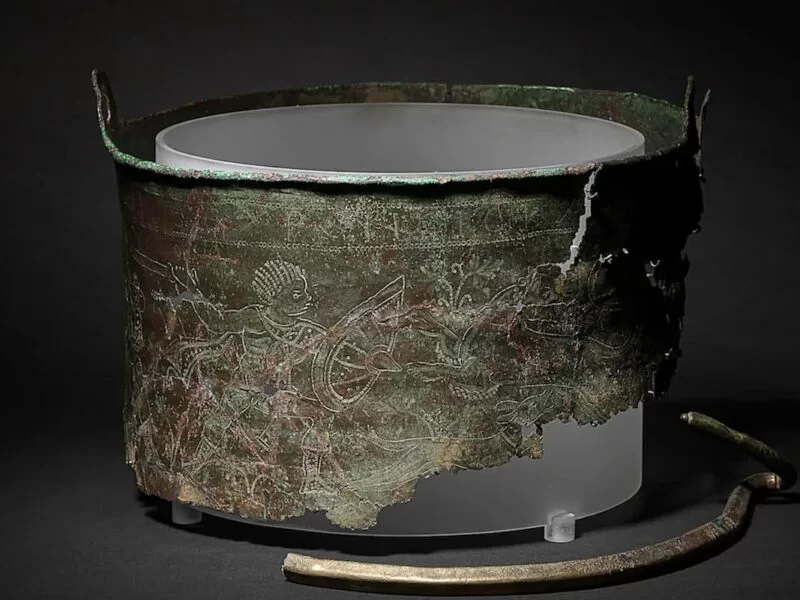The world’s largest gold reserves—approximately 99.999% of all the gold on Earth—are at an unreachable depth beneath more than 3,000 kilometers of solid rock, alongside other elements in the planet’s metallic core for more than 4.5 billion years.
A recent study conducted by scientists at the University of Göttingen in Germany found that there are traces on the Earth’s surface of a metal that could only have come from that remote origin: ruthenium (Ru).
The researchers found that volcanic rocks collected on the Hawaiian Islands had an unusually high proportion of the isotope 100Ru, an isotopic signature that distinguishes ruthenium originating from the core from the much smaller quantity found in the Earth’s mantle. This difference, although minute and long undetectable, could be measured thanks to ultra-high precision analytical procedures developed in the Department of Geochemistry at the University of Göttingen.

Dr. Nils Messling, lead author of the study, explained that when we obtained the first results, we realized that we had literally struck a vein. Our data confirmed that material from the core—including gold and other precious metals—is leaking into the mantle above it.
The mechanism by which these elements reach the Earth’s surface is related to large-scale thermal convection processes operating in the planet’s depths. According to the authors, massive volumes of superheated, metal-rich mantle material rise from the core-mantle boundary to emerge as lava in volcanic regions like Hawaii, where researchers can thus study the internal dynamics of the Earth’s interior.
Professor Matthias Willbold, co-author of the study and director of the Department of Geochemistry and Isotope Geology at the University of Göttingen, points out that the finding calls into question the supposed sharp separation between the core and the mantle, and makes it possible to estimate the magnitude of the material involved: We can now demonstrate that hundreds of quadrillions of metric tons of rock, generated at the core-mantle boundary, rise to the Earth’s surface to form oceanic islands like Hawaii.
Although it does not constitute a viable mining route in the short term, the fact that valuable elements such as gold or ruthenium reach the Earth’s surface through these processes means that part of the mineral resources we use today in strategic sectors such as technology or renewable energy could have a much deeper origin than previously thought.
It remains to be proven whether these mechanisms we observe today also operated in the planet’s geological past, Messling concludes. Nonetheless, our findings open a new perspective on the evolution of the Earth’s internal dynamics and on the connectivity between its deepest layers.
Discover more from LBV Magazine English Edition
Subscribe to get the latest posts sent to your email.











